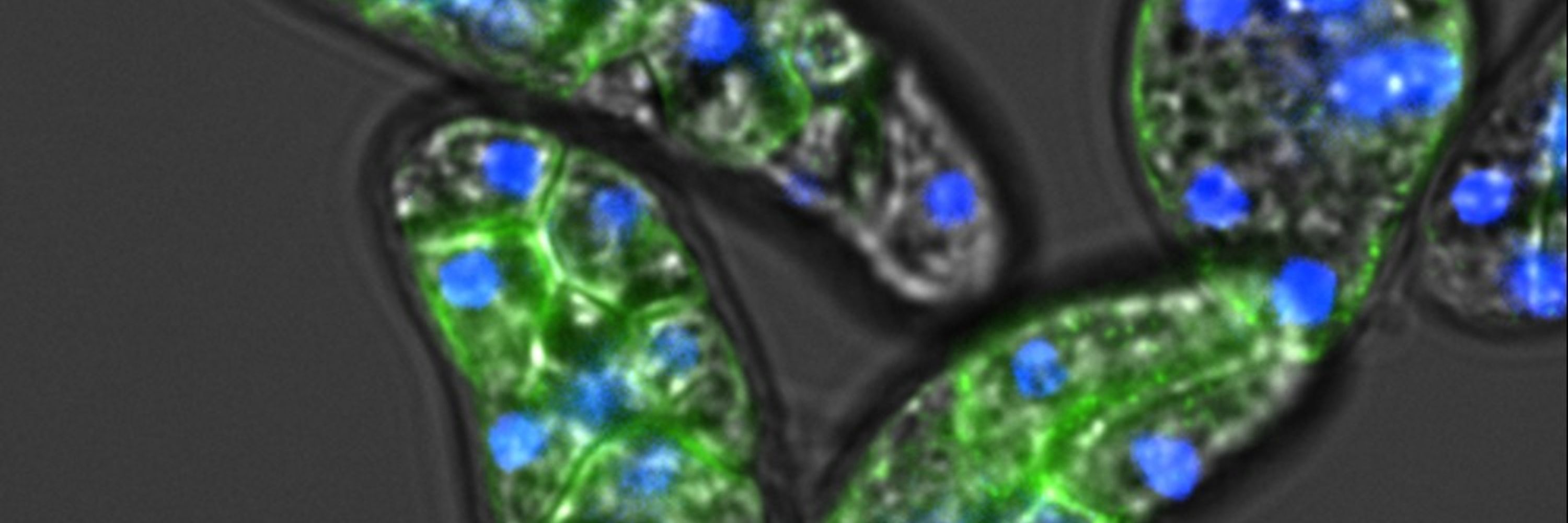Alex de Mendoza
@alexdemendoza.bsky.social
1.1K followers
580 following
69 posts
Evolutionary epigenomics ( eukaryotes / Transcription Factors / Transposable Elements / DNA methylation ) @ QMUL (London).
Lab website: https://www.demendozalab.com/
Posts
Media
Videos
Starter Packs
Pinned
Reposted by Alex de Mendoza
Reposted by Alex de Mendoza
Reposted by Alex de Mendoza
Reposted by Alex de Mendoza
Reposted by Alex de Mendoza
Reposted by Alex de Mendoza
Reposted by Alex de Mendoza
Reposted by Alex de Mendoza
Reposted by Alex de Mendoza
Reposted by Alex de Mendoza
Reposted by Alex de Mendoza
Reposted by Alex de Mendoza
Reposted by Alex de Mendoza
















